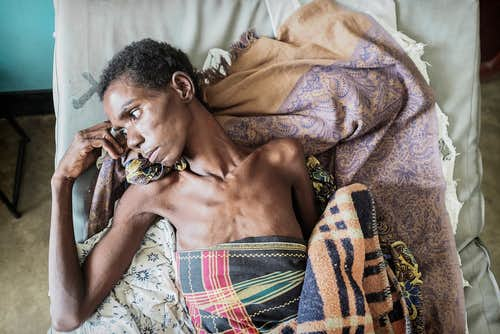Every week, 1,000 people in Uganda get infected with HIV and 500 people die from AIDS. To address this scourge, and to reinvigorate national HIV/AIDS prevention, Uganda AIDS Commission has for the past two years been coordinating the Presidential Fast Track Initiative to end AIDS by 2030.
The Initiative was launched in 2017 by H.E. Yoweri Kaguta Museveni to reinvigorate national HIV/AIDS prevention and awareness efforts.
During the launch, the President expressed concern about the way HIV/AIDS messaging and communication was being done saying that quite often it confuses and misinforms the public.
“Correct and consistent messaging on preventing and managing HIV and AIDS should be at the core of all our interventions,” said President Museveni.
“We know that the absence of a proper message negates all our interventions and will hamper our efforts of ending AIDS significantly by 2030,” he added.
The president believes that with the right messages, broadcast to the different audiences will greatly impact on the attitude of people towards HIV/AIDS.
It is against this background that he recorded a set of public awareness messages to contribute to the ongoing efforts in ensuring that the country meets the global target of ending AIDS as a public health threat by 2030. Today, these messages have been launched.
They are covering a wide range of HIV/AIDS themes and will be aired on several media platforms across the country.
“I am calling upon all partners and media houses to embrace and support the president’s campaign to change the way we communicate about HIV/AIDS,” said Hon. Esther Mbayo, Minister for the Presidency.
“The campaign will go on for one year and will largely depend on everyone’s support to ensure that we achieve our objective of ending AIDS by 2030,” she added.
About HIV in Uganda
Over the years, the Uganda HIV prevention response has registered considerable progress. With support from our partners, Uganda has succeeded in bringing down HIV prevalence from as high as 18% in the general population during the 1990s to 6.2% in 2017.
During the last seven years, there have been significant improvements in the reduction of new HIV infections and deaths from AIDS-related causes.
Despite these achievements, challenges remain, including high levels of new infections among adolescent girls and young women, and low involvement of men in HIV programs. As a result, HIV remains a public health threat with 1,000 people getting infected with HIV and 500 people dying every week.
